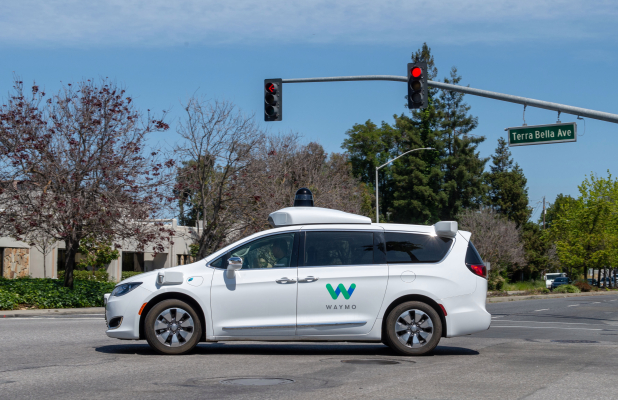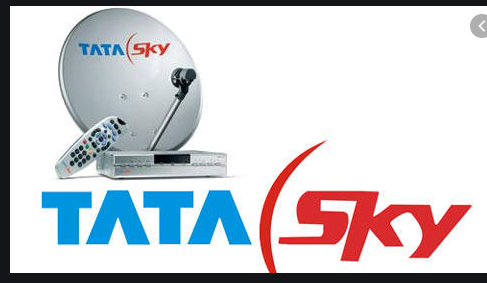How to Identify and Remove Malware like Viruses
It can feel unsettling when your computer starts behaving strangely due to malware. Ignoring the problem can make the situation worse, especially if the malware is sophisticated. The first step is to identify the type of threat from the symptoms your computer displays.
If you suspect that your system has a malware infection, use a free malware remover to quickly scan your system and remove any of the following types of threatening software:
#1 Computer Virus
A computer virus is a devastating type of malware that self-replicates after being activated by a user. It can corrupt your files, folders, and boot sector. You may have a computer virus if you notice your documents are missing or rewritten to look like gibberish, your computer is suddenly slowing down, restarting, or crashing, or you see the blue screen of death.
Established viruses have known signatures that antivirus programs use to identify and remove them. Keep your antivirus software’s database updated to stay one step ahead of emerging viruses.
#2 Worm
Like computer viruses, worms often infect users through corrupt email attachments. Worms can cause your computer to slow down, crash, lose files, etc. However, unlike viruses, worms don’t need a host file and spread through a network without user action. Worms can also drop more threatening malware like ransomware. Most modern antivirus programs will defend your system from worms.
#3 Adware
Adware is a type of malware that disguises itself as a legitimate program or piggybacks on other software to find its way on your system without your consent. It’s designed to generate revenue for its authors in the following ways:
- Popup ads
- Activity tracking
- Browser redirection
- Browser homepage hijacking
It may also install toolbars, plugins, and other PUPs (potentially unwanted programs). If you notice any of this malware’s annoying symptoms, you can try an adware removal tool to remediate the malware.
#4 Spyware
Spyware sounds like adware, but it’s much more sinister. Spyware sits quietly on your computer after attaching to your operating system. It monitors your activity and may send the following personal data to a threat actor:
- Browsing information
- Usernames and passwords
- Images
- Videos
- Documents
- And more
There are a few different types of spyware. Two of the most common ones are keyloggers and stalkerware. Keyloggers simply log your keystrokes though modern ones can also take screenshots. Meanwhile, stalkerware allows a threat actor to monitor your movements, listen to you, and watch you. Spyware can be challenging to remove, so it’s best practice to avoid lending your laptop or devices to people you don’t trust. Likewise, don’t attach unknown keyboards, USB devices, etc., to your computer.
#5 Ransomware
Ransomware gangs are making headlines for disrupting large organizations, small businesses, and even home users across the world. You’ll know you have ransomware if you see a popup flashing on your screen claiming that your files are encrypted. The popup will urge you to send money to recover your files. Look for top antivirus software with anti-malware technology to defend your computer from dangerous malware like ransomware.
Remember, the best cybersecurity technology can only do so much to protect you. In addition to installing anti-malware software, please avoid opening suspicious emails, attachments, websites, and links to keep your system secure.







